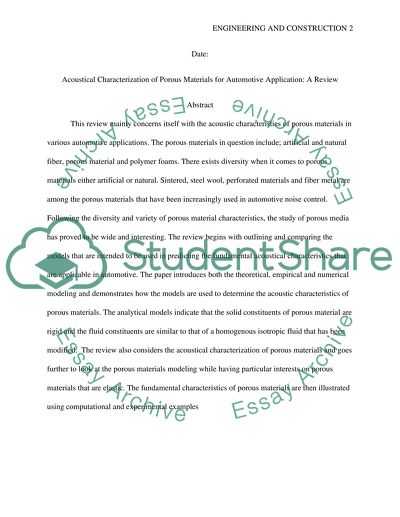Cite this document
(“Acoustical Characterization of Porous Materials for Automotive Research Paper”, n.d.)
Retrieved from https://studentshare.org/engineering-and-construction/1452276-acoustical-characterization-of-porous-materials
Retrieved from https://studentshare.org/engineering-and-construction/1452276-acoustical-characterization-of-porous-materials
(Acoustical Characterization of Porous Materials for Automotive Research Paper)
https://studentshare.org/engineering-and-construction/1452276-acoustical-characterization-of-porous-materials.
https://studentshare.org/engineering-and-construction/1452276-acoustical-characterization-of-porous-materials.
“Acoustical Characterization of Porous Materials for Automotive Research Paper”, n.d. https://studentshare.org/engineering-and-construction/1452276-acoustical-characterization-of-porous-materials.


